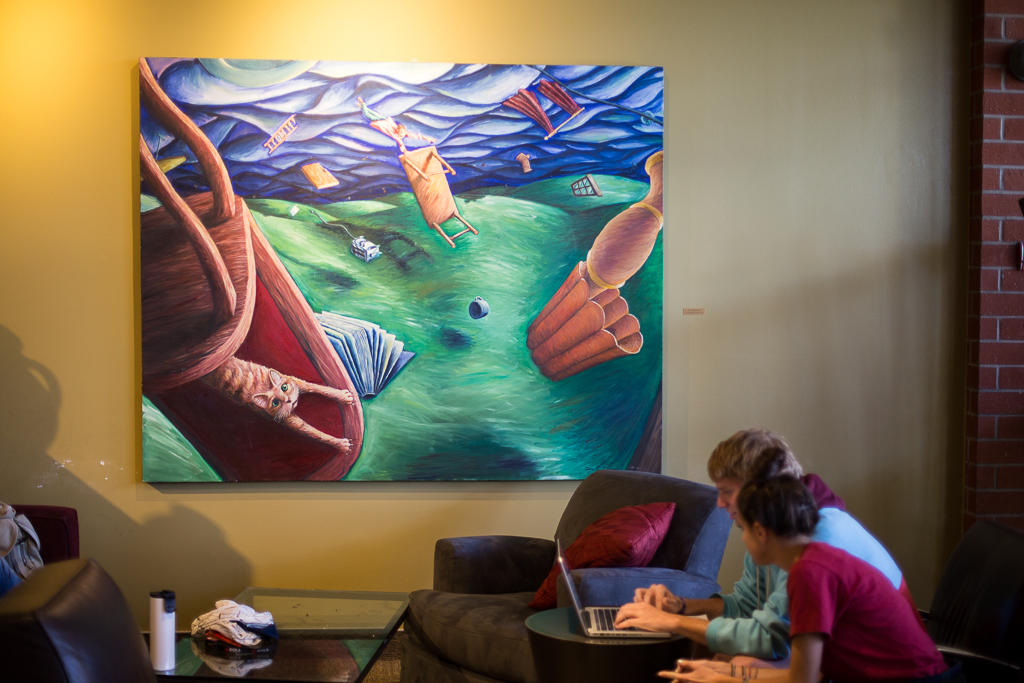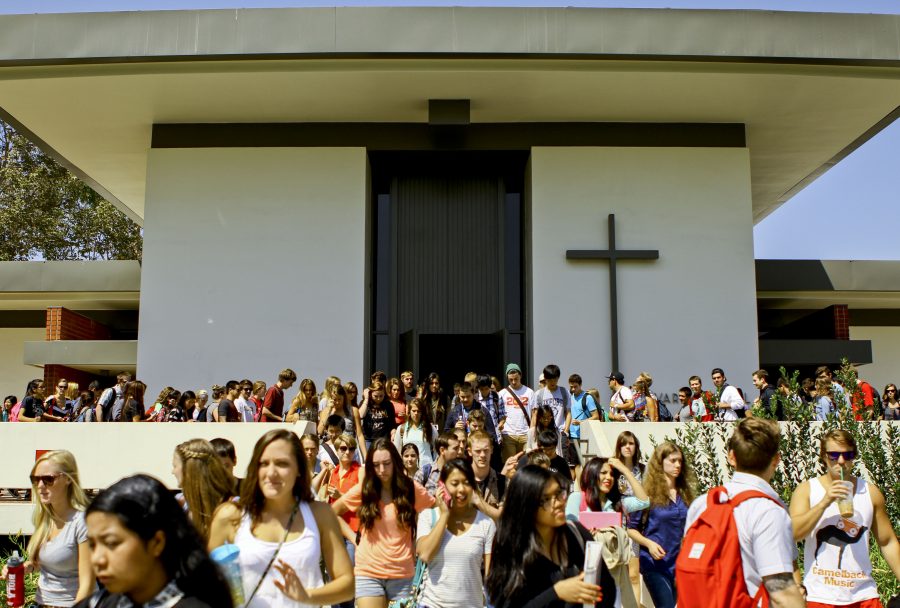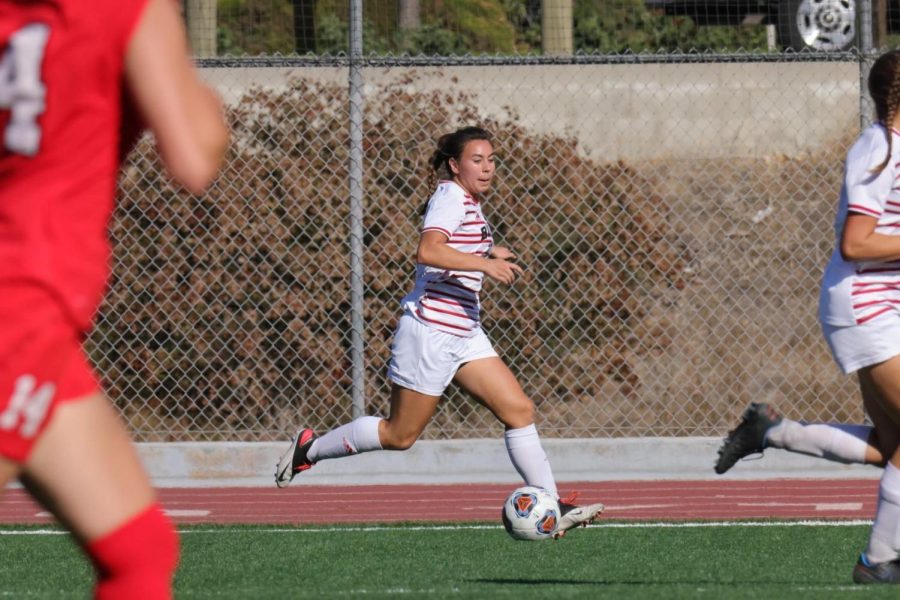
If you think art is confined to a gallery, think again.
As this year comes to a close, the Biola art department is not only preparing for the appointment of a permanent department chair, as well as a university curator, but also for the increased presence of exhibitions on campus. By entering Biola’s public spaces, the art department will make the campus their gallery.
Interim art department chair and professor Dan Callis described this vision as being the fruit of a conversation between the Biola community and the faculty about the intent of the Jesus mural a few years ago.
“It came out of the larger year-long conversation that we had at the university level around the Jesus mural and around images of art that express identity,” Callis said. “What is the relationship between the kind of art we make and the ways we see the world we live in?”
By intentionally entering public spaces and places students have certain expectations of, the department hopes to engage students in conversation not only about the art but also about themselves.
“At that point, the art is a vehicle for the conversation, but it has more to do not so much with what the art means, but what the person sitting across from me thinks it means,” Callis said. “That means we’re talking about what we imagine, what we hope for, what we’re fearful of, what we think is beautiful or disturbing. It would invite conversation.”
CURATOR AIMS TO START CONVERSATIONS
Interim university curator Jeff Rau noted that hanging art in relevant public spaces creates a contextual conversation as well. For instance, having the artwork of Biola graduates in the Student Union Building invites students to experience and be curious about a variety of styles.
“We want that sort of thing to be recognized around campus,” Rau said. “We want people to start stumbling upon those things in their daily experience.”
The vision of making the campus their gallery was also prompted by recent partnerships with the music department in a series of “random acts of culture,” where the two departments worked in tandem to engage with the Biola community through random placements of musical performances and art displays across the campus.
“We’ve been working to develop a dialogue about work being shown in different places,” Rau said. “We’re always on the search for new opportunities to connect with people on campus.”
Callis added that the art department is often invited to display in other departmental spaces, inviting students to create conversations and connections with other students of varying majors.
“Sutherland is a great example of this, where we’ve been given two hallways on the first floor to display work,” Callis said. “It’s a way of showcasing what’s going on in the department, but also sharing it with the larger community. In this case, it’s designed to be peer to peer, so it’s art students making their work and sharing it with the English, philosophy and history students.”
CONTEXTUALIZING THE ARTWORK
By purposefully and intentionally placing artworks within relevant contexts, the overarching goal is to make Biola a more visually compelling place, according to Callis. The presence of these pieces across the campus will invite curiosity from the student body.
“In all the disciplines, we’re inviting our students to be curious about the world,” Callis said. “So we want to make the environment that they’re in constantly interesting and curious.”
Entering into public spaces with these displays not only invites curiosity, but exceeds the expectations that students have for certain areas of the campus. In places such as the library or the Talon, where students expect to have study rooms or quick bites to eat, an intriguing art piece can spark curiosity in surprising ways.
“We really don’t believe in an art that’s made to be hung on a wall and not seen,” Callis said. “We think that art can speak, that art can challenge, that art can ask questions and we just want to get as much of that around our student body and our community as possible.”
REPRESENTING THE VISION
The displays are meant to prompt conversation between students, but will portray the visions of the artists as well. For instance, the banners hung on the outside of the Talbot building, created by current design students, will express the students’ own experiences between their art major and their 30 units of Bible.
“In that case we’re kind of championing the artist to take on themes that they’ve been exposed to in their thirty units of biblical study and express that,” Callis said. “It’s how they are imagining their theology. So what does it look like for an art major who’s taking 30 units of Bible to imagine that?”
Through the new presence on campus, the art department will also be exploring other ways of engaging with the students. By cataloguing the university collection, they hope to create a possible online gallery that students can explore, according to Rau.
“That’s another effort that’s in the works, but it’s sort of a longer-term project,” Rau said. “But we wanted to make that more accessible and make people more aware of that collection as well.”
With the newly renovated gallery, completed as of last summer, in addition to the department’s plans for the campus-wide displays, Rau and Callis are eager to see these visions come to fruition. Their hope is for students to not only be prompted to conversation in the community, but also to be excited to see what displays will come next.
“Over time, that will build a sense of anticipation,” Callis said. “Our call is to keep looking around the university to find empty walls and start filling them with more interesting things.”







